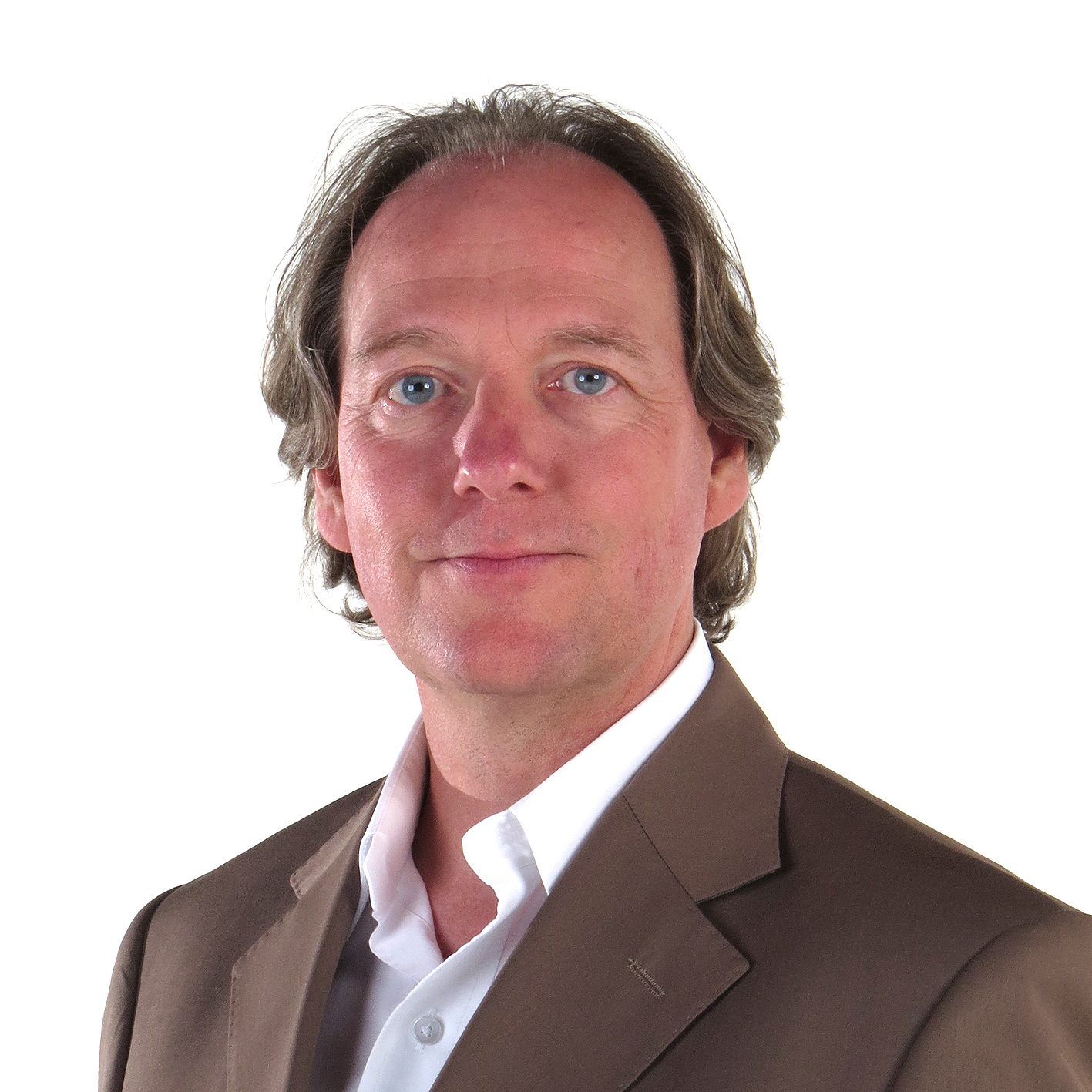Do the investment vehicles adapt to clients needs and behaviour?
AIFMD II, DAC 6, Solvency II, ESG, SFDR, CBDF, etc… . seem to the investors like inexplicable acronyms which can impact their investments. But is that true and what do the investors really need from funds? Three to pics can give us some elements of response, ESG investment, fund distribution and relevant data management.
What we observe is that the fund industry is generally moving in the same direction globally, all regions confounded, there are some interesting regional differences when it comes to the rate of adoption of new technology and establish the relevant strategic priorities and targets. Some of these are due to the legacy infrastructure and different demographics of jurisdictions, as well as the relative maturity or immaturity of the relevant investment markets and the high speed adoption of new technology.
One of the least surprising findings from a recent survey published by Funds Europe and Calastone for the future landscape of investment funds, is the universal appeal of ESG funds. Not always for the right reason, but it is a fact and we cannot ignore it. The future of the funds industry entered into a new era, the one of sustainability and data management.
The famous British designer Vivienne Westwood was militating against the climate change already 50 years ago, but the financial world was too blind to see it and deaf enough pretending not to hear it. We, at Thales Solutions Luxembourg, are trying not only to provide a quality service
to our clients by structuring their investment funds, but educate them simultaneously of how and when their projects will impact the economy and the planet. This is how the totality of 315 ManCo and 57 Depositary banks in Luxembourg shall act when fund promoters push their doors and present their projects. 21 century’s investment vehicle has to go even further and include into its TER, at GP, SPV or fund level a percentage which is granted for social or environmental improve ments, independently of its investment policy and strategy.
The average TER for UCITS in EU is at 1,68% and with the 2% of management fees for the AIF, the margin for action is important. A simple extra basis point per fund out of the EUR 5,545 billion of AuM in Luxembourg funds, could split an annual amount of roughly EUR 550 mil lion for social and environmental projects. Which is the value of dividends distributed by companies in Luxembourg in 2019. It is a pure common sense. We, at Thales Solutions, have determined the bracket to be 5%-10% of our annual income, dona ted to such initiatives. There is no other possible exit than sharing of competences, time, experience, wealth. And the fund industry has a tremendously important role to play in that process. Let’s more focus on achieving long term sustainable returns, to create a positive footprint in people’s futures. This is what will save us. As the deputy PM of Luxembourg François Bausch said “There is no vaccine against the climate crisis”, we have to create it by acting in the right way at less the right time, as we are quite late even, some say.
When asked for the factors driving firms’ distribution strategy, ESG was one of the most frequently retrieved one by all regions, Calastone survey says. As ESG standards develop, such as the brand new Europe’s Sustainable Finance Disclosure Regime (SFDR), there will be a greater focus on data for fund managers, service providers such as depositaries, and investors.
Partly designed to eliminate greenwas hing, SFDR disclosures aim to make it easier for investors to compare ESG funds and select the one corresponding to their target, plan, wealth and ambition. But how to properly select it? I have always said that a person’s life is determined by 5 main components: innate intelligence, family environment, education level, personal ambition and people met all the way long. This postulate can be used for funds selection too, adapting the terms and actors. That’s why it is extremely important to have your own idea of what type of vehicle you want to create or invest in, correctly surround yourself with the right providers and give yourself the means of your ambition.
Another obvious constatation is that we do not invest enough in the land, properly speaking. Not to build up a huge residential real estate project on it, but develop the land. Like vineyards, agriculture. Climate change and the reduction of CO2 emissions are a major challenge for the world, way bigger than the disastrous Covid pan demic we are currently living. In wine producing countries, vineyards cover on average less than 10% of the agricultural area, but in some cases represent 25% of pesticide use.
The viticulture of the future is one with a vision in which organic farming would only be too simple a summary of the problem. It also makes little sense to measure yourself a clear conscious by planting a hectare of forest for every new hectare of vineyard you create. This is often just win dow dressing, and most of the time only a plaster for a wooden leg, if we go further. Like we can imitate sugar for our own body and metabolism, we can also give signals to the land and nature so that it res ponds positively to our presence and the crops we plant.
Respecting the land through, among other things, regenerative and diversifying plantations helps our CO2 footprint further and faster than afforestation compensation or the sometimes-insufficient rules and commercial compromises of the organic standards we have all established and are currently still following.
Digitalisation’s role in the funds industry is purely primordial. We are only at the beginning of a trend that will strongly accelerate as companies keep expanding the capability of their systems and front office weight. The initial idea behind is cost and risk reduction, but also to extract back office data, adapt it and fully use it to enhance client applicationss and systems in the front office, where the game is
played. Despite the global move in the same direction of the fund industry, some disparity occurs between regions and countries. For some of the markets, we clearly see a much greater move to direct to-consumer policy. Consequently there is a higher demand for advisory services in those relevant markets. We, at Thales Solutions being in the advisory business, distinctly observe an increasing demand from clients to propose them such services.
The new technology has another positive impact on the investment fund markets which is the fresh horizon it opens to asset managers to go to unexplored places offe ring more data, opportunities, clients and a lower level of expenses.
How to attract and acquire clients continue to be a true challenge for the investment funds market. It is not just a cost point, but complexity as well, with AML/KYC obli gations to be met. It starts to be clear that a simpler client onboarding could be one of the keys to a higher accessibility to the funds market for investors.
The tokenisation of the shares of invest ment funds is another milestone we shall take into consideration. Only few of them are tokenized today in Luxembourg, but the journey began. There are already some companies which are committed to toke nisation and developing products into that direction. Tokeny is definitely one of them and we are lucky to have it in Luxembourg. They have put tokenisation at the centre of their business and are loo king to develop a personalised service, making it available on a much larger basis. Data management, connectivity, market access and time to market are all becoming more important for companies, with the cross-border market growing, establishing a higher connectivity between all stake holders involved in the life cycle of an investment fund.










